Understanding the importance of dog collar size is crucial for ensuring the comfort and well-being of our furry friends. In this section, we will explore the impact of improperly sized collars, shedding light on the potential risks and issues that can arise.
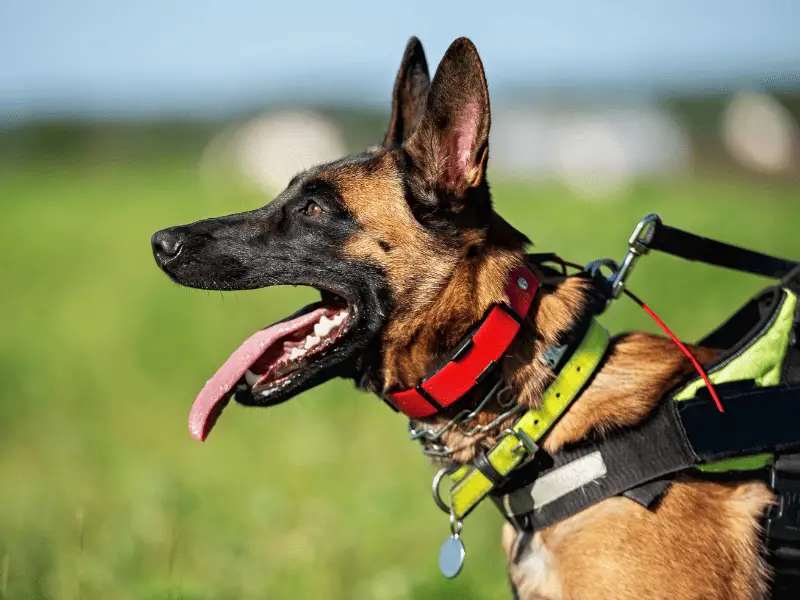
By delving into this topic, we can learn why finding the right dog collar size is not just a matter of convenience, but a fundamental aspect of responsible pet ownership.
Impact of Improperly Sized Collars
It’s key to find the right collar size for your pup. Measure their neck with a flexible tape or string, then lay it flat to measure with a ruler. Consider their age and breed when selecting size. Adjustable collars are great for puppies. Retail guides can help too. Check and adjust as needed for comfort and safety. Plus, personalized collars with ID tags can provide extra security. Be sure to only use choke or prong collars under a pro trainer’s guidance.
Measuring your pup’s neck? It’s important – it might save them from some choked-up situations.
Measuring Your Dog’s Neck for the Perfect Fit
When it comes to finding the perfect fit for your dog’s collar, accurately measuring their neck is crucial. In this section, we’ll discuss different methods to measure your dog’s neck size. Whether you opt for a flexible measuring tape, utilize their current collar or a piece of string, or apply the two-finger rule for added comfort, we’ll guide you through the process of ensuring maximum comfort for your furry friend.
Remember, a well-fitted collar is key to keeping them happy and secure.
Using a Flexible Measuring Tape
If you want a comfortable and safe collar for your pup, it’s vital to use a flexible measuring tape. Here are five steps to take:
- Wrap the tape snugly around the base of your dog’s neck, where the collar will sit.
- Make sure it’s not too tight.
- Note down the size.
- Choose a collar that matches or is slightly bigger to enable adjustments.
- Check and adjust as your dog grows or if their weight changes.
When selecting a collar, consider the breed and age group. Adjustable collars are useful for growing pups, as they can be resized. Different collars offer their own benefits, such as training features or designs for specific breeds.
Retail guides often provide standard sizes for small, medium, and large dogs. However, bear in mind that brands may have their own size range.
Utilizing a Current Collar or String
- Remove the existing collar from the pup’s neck and lay it flat.
- Use a flexible measuring tape, or a piece of string and ruler or straight-edge, to measure the length.
- Note the measurement and compare it to the sizing chart provided by the collar manufacturer or retailer.
- Select a size that falls within the measurement range for the perfect fit.
Remember to use the two-finger rule for comfort when selecting a size – nobody wants their pup feeling like they’re wearing a tie that’s two sizes too tight. This technique ensures accuracy in finding the right sized collar for your furry friend.
Applying the Two-Finger Rule for Comfort
The two-finger rule for collar comfort is a great way to make sure your pup’s collar fits properly. Put the collar around their neck and adjust it so it’s snug. Then slide your index and middle finger under the collar. If they can easily go in and out, it’s the right size. This prevents discomfort or harm from a too-tight fit.

Remember, every dog is different. Age, breed, and the collar type all play a role. Measure twice, collar once! That way you know your pup is comfy and safe.
Factors to Consider When Choosing Collar Sizes
When it comes to choosing the right size for your dog’s collar, there are a few key factors to consider. In this section, we’ll explore the impact of age and breed on collar size selection. We’ll also discuss the benefits of adjustable collars for growing puppies and dive into the various types of collars available and their unique advantages. So, let’s ensure comfort for your furry friend by finding the perfect collar fit!
Age and Breed Considerations
Age and breed are key when selecting a dog collar size. Different ages and breeds have different neck sizes, so the collar must fit their dimensions and growth patterns. Choosing the appropriate collar size is critical for your pup’s comfort and safety.
A table can help. It’ll show Age Range and Breed Size. This makes finding the right collar size quick and easy.
Weight, body structure, and certain breed needs should also be taken into account when picking a collar size. Considering these details, along with age and breed, pet owners can make smart decisions; keeping their pup comfortable and safe.
In the past, wrong collar sizing has caused injury to pups. We must learn from this and prioritize finding the right collar size based on age and breed. This way we can avoid issues and give our furry friends the comfort they deserve.
Adjustable Collars for Growing Puppies
Adjustable collars for puppies are really convenient. They have buckle closures or sliding mechanisms, so no tools are needed to adjust the size. Plus, they prevent choking and breathing difficulties. They also fit as the pup grows. They come with various designs and materials. It’s important to consider the age, breed, and needs of your puppy.
A friend recently adopted a Labrador Retriever puppy. They noticed the pup growing quickly. A standard-sized collar soon became too tight. So, they got an adjustable collar. This allowed them to gradually increase the size with the pup. It was the perfect choice – comfort and safety ensured! Adjustable collars are invaluable for growing puppies.
Different Types of Collars and Their Benefits
Different types of collars offer numerous benefits for dogs and their owners. They are designed with unique features that cater to different needs. Knowing the advantages of each type can help dog owners decide which collar is best for their furry friend.
- Standard Flat Collar: The most common one. It’s suitable for everyday use. You can attach identification tags and leashes to it.
- Martingale Collar: Perfect for dogs who tend to slip out of their collars. It tightens a bit when pulled, avoiding escape without choking the dog.
- Head Collar: Goes around the dog’s muzzle and behind its ears. It provides control over pulling behavior and focuses attention.
- Harness: Great for dogs with respiratory issues or neck injuries. It distributes force evenly across the chest, reducing strain on the neck.
- Choke Chain: Normally used in training settings with professional guidance. When pulled sharply, it tightens around the dog’s neck to encourage obedience.
- Prong Collar: For strong-willed dogs. Metal prongs pinch the skin when pressure is applied, creating discomfort and discouraging bad behavior.
Plus, you can find other specialized collars, such as GPS tracking and vibrating collars, which provide added functionalities according to specific needs. It’s essential to choose the right collar based on your dog’s size, temperament, and individual needs.
Pro Tip: Before using a specialized collar like a choke chain or prong collar, get expert advice or training to ensure proper use and prevent harm to your dog’s welfare. To find the perfect fit, let retail guides be your collar size guru!
Using Retail Guides to Determine the Right Size
Retail guides provide valuable information on finding the right size for your dog collar. Discover the standard sizes for small, medium, and large dogs, explore specific size ranges from various collar brands, and ensure optimum comfort for your furry friend.
Standard Sizes for Small, Medium, and Large Dogs
Standard collar sizes for small, medium, and large dogs are important for pup comfort and safety. They vary based on breed, age, and brand. Check out the table for details.
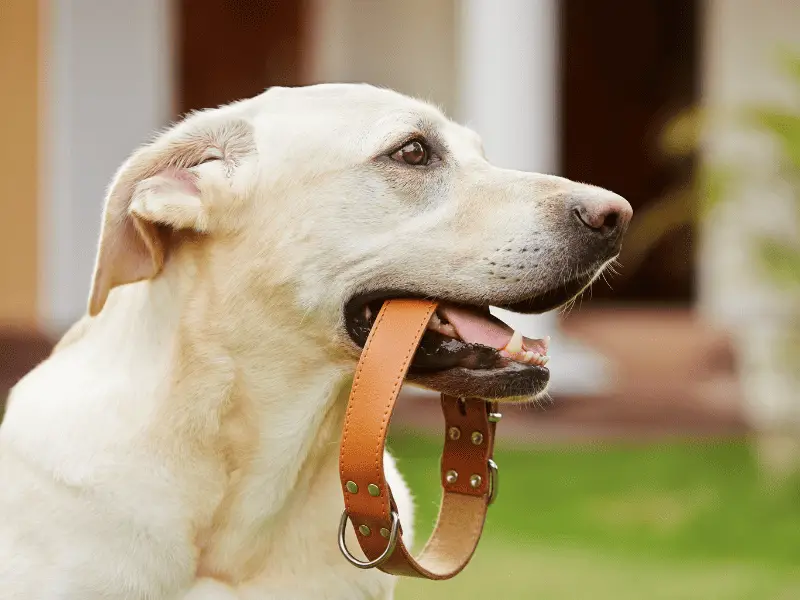
Sizes range from extra small to extra large. Measurements are based on neck circumference. These are estimates, though, and may change with brands.
Personalize your dog’s collar with IDs for added security. Don’t forget to check and adjust it regularly. Consider individual factors too.
Choose the right size—no turtlenecks or muumuus! Keep your pup comfy and safe.
Specific Size Ranges for Different Collar Brands
Different collar brands provide size ranges for many different breeds and sizes of dogs. It’s important to check the size charts or guides, as each brand has its own system. To help dog owners find the right fit, many retailers offer charts with measurements for each size. Referencing these guides ensures the perfect fit for your pet.
It’s advised to measure your dog’s neck before purchasing a collar, as sizing can vary between brands. Specialized collars, like martingale or training collars, may have specific requirements. Consider these when picking out the right collar.
A study by PetSmart found that improperly fitted collars can cause discomfort and even injuries to dogs. Be sure to address or correct them promptly.
Additional Tips for Collar Fit and Safety
When it comes to the comfort and safety of your furry companion, the right dog collar size is crucial. In this section, we’ll explore some additional tips to ensure the perfect collar fit and enhance the safety of your dog. From regular checks and adjustments to personalized collars for added security, and even considering specialized collar options, we’ll provide invaluable insights to keep your loyal four-legged friend happy and secure during all their adventures.
Regular Checks and Adjustments
Regular checks and adjustments are super important for your pup’s comfort and safety. Invest some time into inspecting and modifying your dog’s collar – this will help the collar fit perfectly, enabling them to move freely. Be proactive for the best results!
- Check the collar often: Look for fraying or loose stitches, and make sure the hardware, like buckles or D-rings, is firmly attached.
- Adjust as needed: If your pup’s neck size or weight changes, adjust the collar by adding or re-adjusting holes to get a secure fit.
- Watch for hair growth: Long-haired breeds may need periodic trimming around the neck area to prevent matting or tangling with the collar.
- Be aware of seasonal changes: During hot weather, water retention may cause temporary swelling around the neck. Regular checks will allow you to adjust the collar for maximum comfort.
Regularly checking and adjusting the collar is essential for your dog’s well-being. Keep your pup safe and stylish with a personalized collar – they deserve a bit of espionage too! Plus, regular veterinary check-ups alongside these proactive measures will help maintain your pet’s health.
Personalized Collars for Added Security
Personalized collars are a great way to boost your pup’s security. By adding your pet’s name and contact info, the odds of being reunited if ever lost, increase. These collars also serve as a deterrent to potential thieves. Showing that you care for your pup’s safety encourages responsibility in all pet owners.
When selecting a personalized collar, make sure it’s durable and the personalization is legible. The effectiveness of the collar depends on these factors.
The importance of personalized collars can be seen in a heartwarming story. A family had recently relocated with their Labrador Retriever, Max. One day, Max escaped and ran off into an unknown neighborhood. But, he was wearing a collar with his name and the family’s contact info. A good samaritan saw this, contacted the family and Max was returned home.
So, when picking a collar for your beloved pup, opt for personalized options for added safety. After all, dogs deserve to express themselves too!
Considering Specialized Collar Options
Specialized collars provide unique features and benefits for pups that need more than a regular collar. These catered options suit different conditions, ensuring your furry friend is comfy and safe.
Reflective collars feature reflective materials, making it easier for drivers and pedestrians to spot your pup in low-light. GPS tracking collars offer real-time tracking if pup gets lost or wanders off. Anti-pull harnesses spread pressure evenly, for a more comfortable walk. Martingale collars are great for pups with narrow heads, as they tighten slightly but don’t choke.
Other options include waterproof collars, training collars with remote, and medical alert collars. Every one serves different purposes and has unique advantages.
In the market, you can find more than just conventional choices. Smart collars are an example. They combine GPS, activity monitoring, and health sensors, giving comprehensive info on your pup’s wellbeing. With this tech, you can keep an eye on fitness, sleep patterns, temp changes, nutrition, and more – all through a smart device or app.
Advanced collar options have changed the way we care for our pets. Plus, with ongoing advancements, there’s no limit to the possibilities. Pet owners can find the right option to ensure utmost comfort and safety for their companions.
Ensuring Comfort and Safety for Your Furry Friend
A proper-fitting dog collar is essential. Find the right size that allows for ease of movement while controlling your pet. It shouldn’t be too tight or too loose either, as this can cause discomfort or a choking hazard.
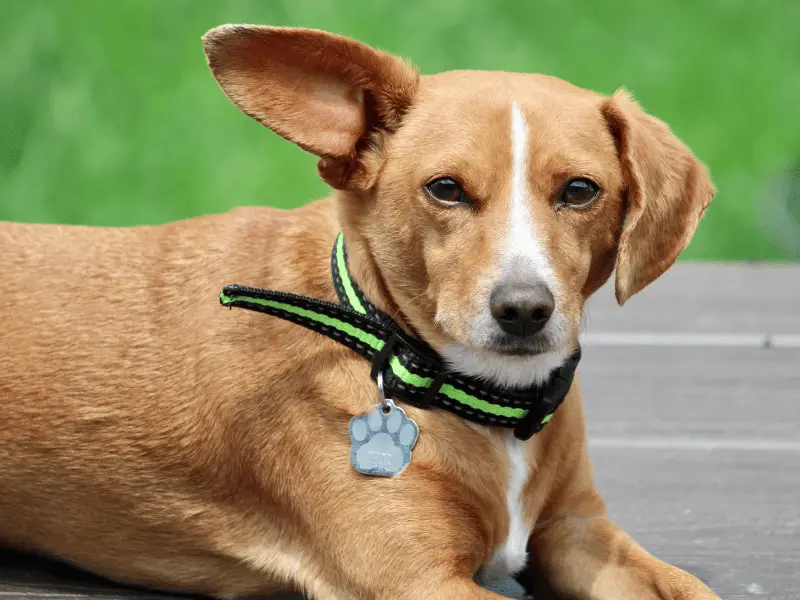
Take into consideration the breed and size of your pet when selecting a collar. Different breeds have different neck sizes and proportions – so measure your dog‘s neck circumference and add a few inches for adjustability. This will ensure a comfy fit.
Material matters too. Choose a soft and durable material that won’t irritate the skin or cause allergic reactions. Nylon and leather collars are popular. Avoid collars with rough edges or hard materials that can rub against your dog’s neck.
Check your dog’s collar regularly for any signs of wear and tear. Over time, collars can become frayed or damaged, compromising safety. Replace if you notice any damage or if it no longer fits properly. Your pup’s safety should always be priority.
Choose the right dog collar to guarantee the comfort and safety of your furry friend. Taking the time to choose a collar that fits well and is made from quality materials will provide peace of mind and allow your dog to enjoy walks and playtime without any discomfort or restrictions.
Some Facts About Ensuring Comfort: A Guide to Finding the Right Dog Collar Size:
- It is important to choose a dog collar that allows for seasonal weight changes.
- Collars should be sized based on neck size, not overall length.
- Measuring the dog’s neck size should be done in the middle of the neck, not too high or too low.
- Adding a little extra space (2-3 fingers) is recommended for growing puppies or dogs with thick coats.
- If there are any questions or concerns about sizing, the companies mentioned are happy to help.
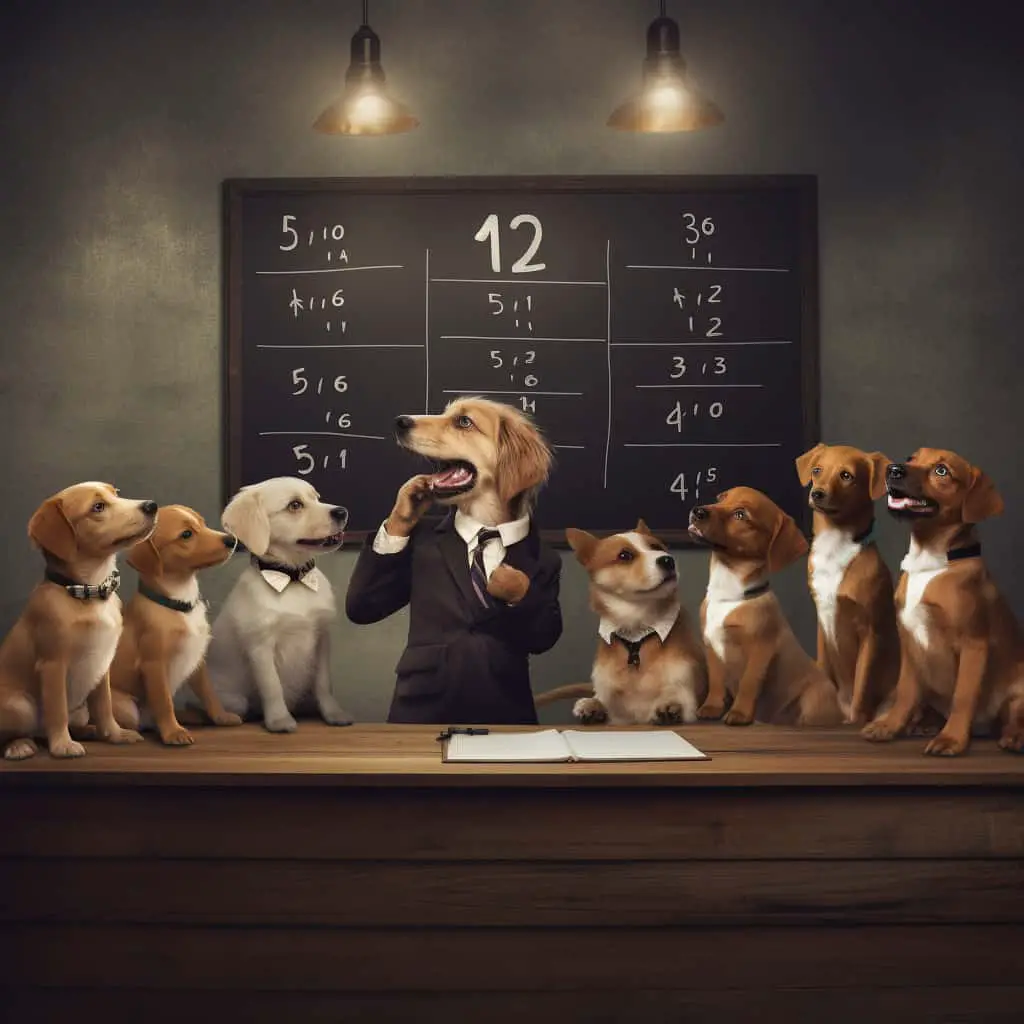
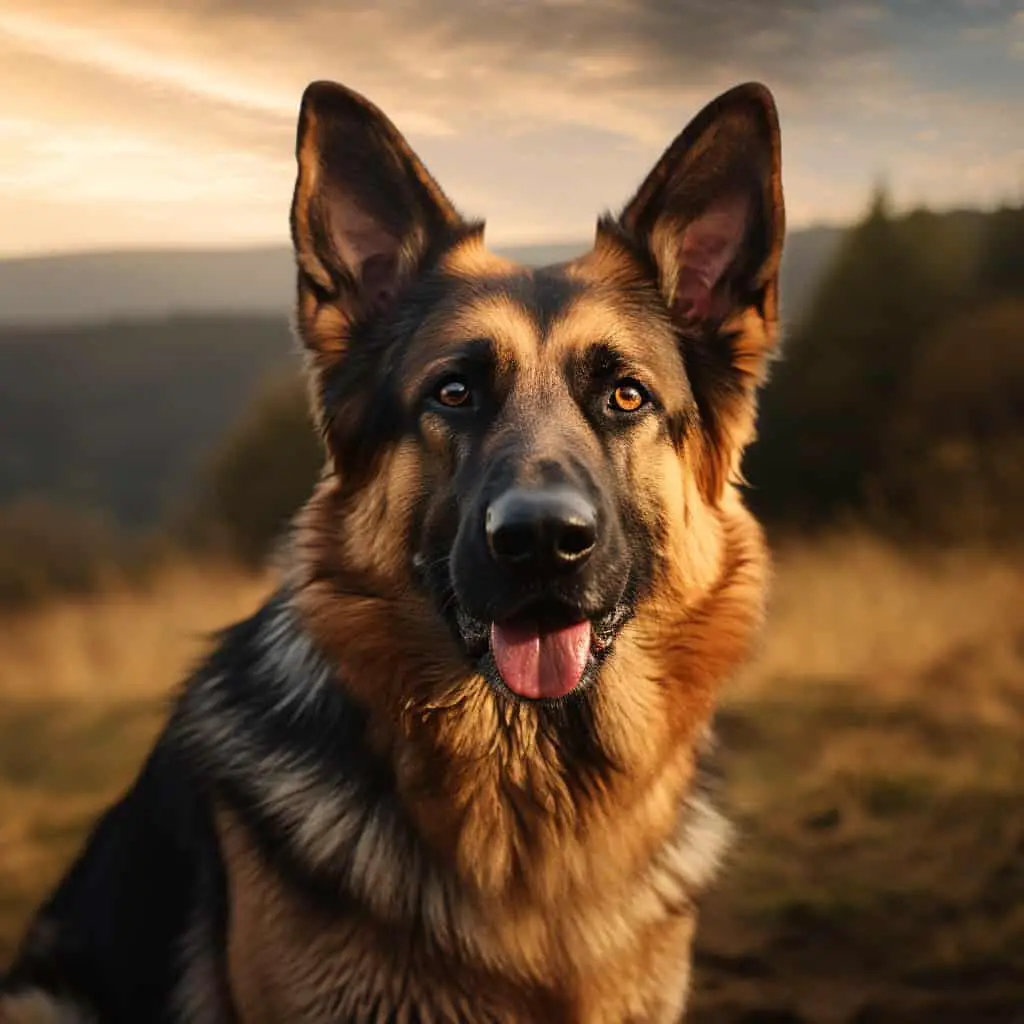

Leave a Reply